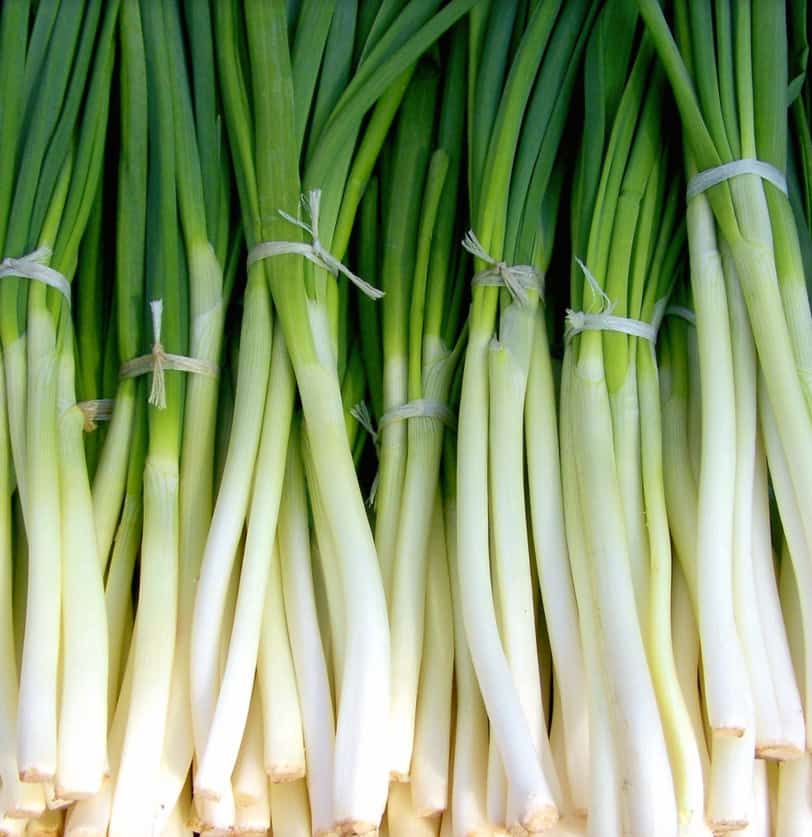Maximizing Harvests: A Comprehensive Guide to Successful Spring Onion Farming in Kenya with Onion Doctor
Are you in need of in-depth knowledge on onion and garlic production? If yes, we are a call away. Contact us for: Onion seedlings, Garlic seedlings, Germinated garlic cloves, Farm planning services, Soil testing, training on onion and garlic growing, Drip irrigation installation and maintenance, Agronomic support, Onion and Garlic value pack and Farm management. For free consultation, placing orders or booking a visit with an agronomist, please contact us via Call or what’s app +254703982228, Email: Info@oniondoctor.co.ke. You can also check out our social media handles for daily updates on TikTok: https://www.tiktok.com/@oniondoctorke?_t=ZM-8wmsTu0qumO&_r=1 Instagram: https://www.instagram.com/oniondoctorke?igsh=MTVoaHF3aWUydTJzaQ==Facebook:https://www.facebook.com/share/16SwgYn2dG/ Youtube:https://youtube.com/@oniondoctorke?si=u5Jnd-r0qU9UDYqL and Twitter: https://x.com/OnionDoctorKe?t=FR3JXlS_oN1vjjUgAtfyzg&s=09 Explore the world of spring onion farming in Kenya, where the versatility of these vibrant greens adds a new dimension to agricultural practices. In this detailed guide, we delve into the ecological requirements, yield potential, seed rates, and land preparation techniques for cultivating spring onions. Additionally, discover the invaluable support provided by Onion Doctor, empowering smallholder farmers across Africa with quality and affordable onion and garlic seedlings, expert farm planning, and a range of essential agricultural services. Understanding Spring Onions: Spring onions, scientifically known as Allium fistulosum, present a unique addition to the farming landscape. Also recognized as bunching onions, green onions, or scallions, these crops do not develop bulbs. Instead, their succulent leaves are a culinary delight, enriching salads and various dishes. As a farmer, incorporating spring onions offers a swift maturation period, allowing for profitable intercropping with slower-growing vegetables. Ecological Requirements for Successful Spring Onion Farming: Spring onions showcase remarkable adaptability, thriving in a variety of climates. With a preference for loose, well-drained soils boasting a pH level of 6.3 to 6.8, these crops can endure both heat and cold. While they flourish in full sun, they can tolerate partial shade, making them suitable for diverse agricultural settings. Optimizing Yields: Under optimal management practices, spring onions exhibit a remarkable yield potential of 17 tonnes per hectare, translating to approximately 8 tonnes per acre. This promising output underscores the profitability of spring onion farming when guided by effective farming techniques. Seed Rates and Land Preparation: Determining the seed rate for spring onions is crucial, and with a standard row spacing of 30 cm, 5 kgs of spring onion seeds are recommended per acre. Whether directly planted or initiated in a nursery, spring onions require strategic land preparation for successful cultivation. The choice between direct planting and nursery preparation depends on the desired scallion thickness. Onion Doctor’s Expertise: Empower your spring onion farming venture with the unparalleled support of Onion Doctor. Offering a range of services, including quality onion and garlic seedlings, farm planning, soil testing, drip irrigation installation, agronomic support, and on-farm training, Onion Doctor stands as a reliable partner for smallholder farmers. Enhance your yields, optimize profits, and contribute to sustainable farming practices with Onion Doctor’s dedicated assistance.









